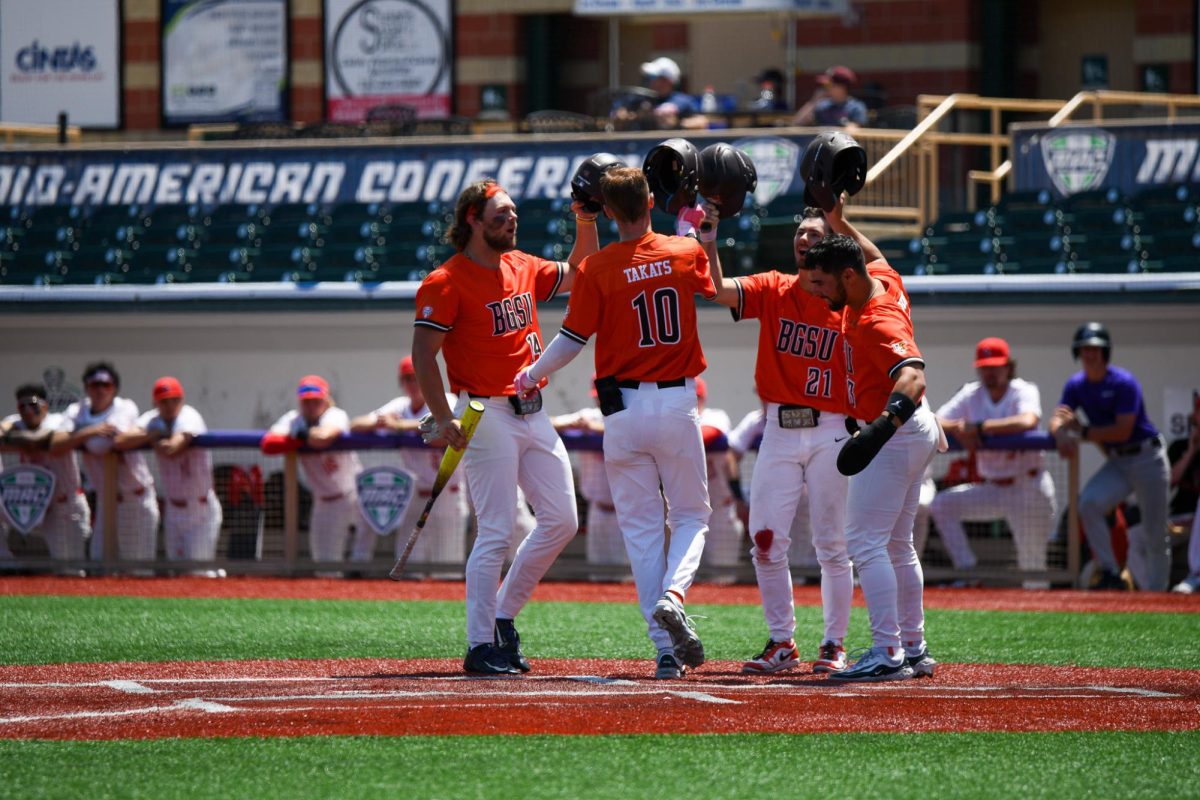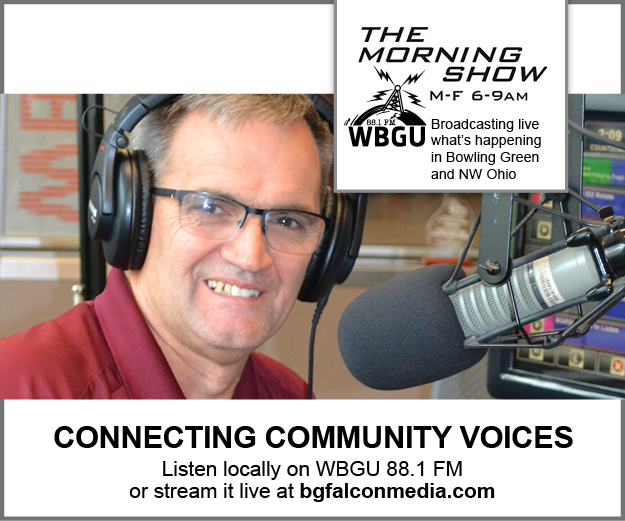NEAR NAJAF, Iraq — The 101st Airborne Division encircled the Shiite holy city of Najaf on yesterday, preparing for a possible door-to-door battle to root out Saddam Hussein’s fighters — but leery of damaging some of the faith’s most sacred shrines. To the north, Army brigades crept closer to Baghdad, advancing 10 miles with little resistance, though battles with the Republican Guard loomed. To the south, Marines launched
“search-and-destroy” missions to clear the road to Baghdad of Iraqi attackers.
But it was at Najaf — a city of 300,000, 100 miles south of Baghdad — that U.S. military leaders were faced with a difficult decision.
It was unclear whether the U.S. strategy is to take Najaf or simply to cordon off the city. There are too many Iraqi fighters to bypass them or leave them unattended; they’re a danger to supply lines on the way to Baghdad.
But if Najaf is a key stepping stone to the capital, it is also a dangerous one. On Saturday, a suicide attack killed four U.S. soldiers at a checkpoint north of town; yesterday, nervous U.S. troops warned approaching drivers they would be shot if they did not leave the area.
“This is our type of fight,” said Command Sgt. Maj. Marvin Hill, of the Fort Campbell, Ky.-based air assault division. “This is probably the most dangerous part of combat and that’s urban. Sometimes you don’t find out who the enemy is until they’re shooting at you.”
It is also a place where soldiers must tread with sensitivity. It is in Najaf that Ali, son-in-law of the prophet Muhammad, is buried at an extraordinary shrine, its gold dome and twin minarets gleaming for miles. It is surrounded by low buildings and narrow streets, a nightmare of an urban battleground.
Other Muslim prophets are buried there and at the vast al Wadi es Salaam cemetery — one of the world’s largest — that forms a semicircle around the city. Officers speaking on condition of anonymity said some of the Iraqi fighters were hiding there.
A battle that destroyed these holy places could inflame passions of Shiites in Iraq and elsewhere, most notably Iran. Ibrahim Khalili, a prominent Iranian Shiite clergyman, said: “I don’t think that anyone dares to attack a holy site in Iraq. An attack on holy shrines will only provoke the uncontrolled anger of Muslims, especially Shiites, with serious consequences to the attackers.”
Capt. Micah Pharris, an attorney in the 101st Airborne’s judge advocate general’s office, said some locations in Najaf are on the military’s “no target” list — to be fired at only in self defense.
“We take our responsibility to these things very seriously and treat them with the utmost respect,” he said.
So the Army still held out hope that the battle could be avoided. Using loudspeakers mounted on Humvees, U.S. soldiers on Najaf’s perimeter will soon beseech its townspeople to turn over Saddam’s zealots.
To the north, brigades of the Army’s 3rd Infantry Division advanced 10 miles to near Karbala, just 50 miles from Baghdad — also a Shiite holy city. One battalion was slowed by the need to shepherd dozens of surrendering Iraqi soldiers.


















